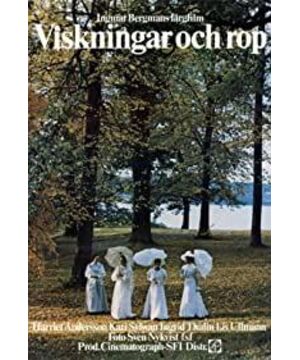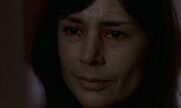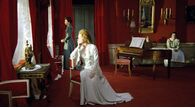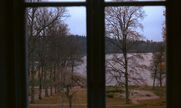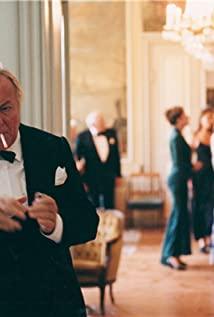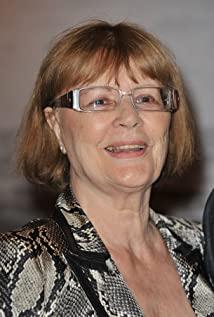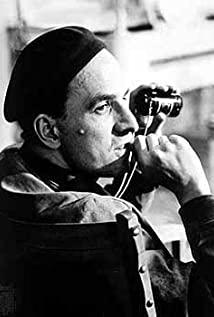Recently, I have browsed a number of Bergman's films, and when I browsed other people's short reviews, I found that their evaluations are almost always described as "striking the heart". This is not only related to the actors' superb acting skills, connotative lines, and stage play scheduling. There is another factor that plays a very important role in this, and that is the close-up of the human face. Bergman can be said to interpret the portrait scene from all angles and angles.
Bergman used close-up shots to express the inner world of the characters, and the actors performed without makeup in order to clearly and truly penetrate the inner world of the characters. "Cry and Whisper" tells the story of four women who face the fear and struggle of death and family, and perceive their souls through their close-up faces. The key scenes consist of hands and faces that are repeatedly staggered. It also uses close-ups to show the time structure: the faces of the four women alternately appear close-ups, plus red transitions, like the curtain of a multi-act play, unfolding different paragraph themes.
"Masquerade" basically has no medium shots, but repeatedly switches between close-ups and panoramas. If it is said that Hou Hsiao-hsien's favorite "big depth of field" is for the pursuit of documentary, allowing the audience to choose their own viewing objects from the rich picture information. Then the close-up and small depth of field play a role in emphasizing and guiding, so that the audience can concentrate and have to automatically enter the immersive experience.
"Wild Strawberry" has a two-person close-up that impressed me deeply. The lens pivots around the center of Isaac and Marianne, left or right, near or far. Push back and forth, pull away, and form alternate changes in rhythm. First appear together in one shot, then the characters separate, and then the characters appear in the same shot again.... Just like the positional relationship between people and people is always relative, never-ending "leaving" and "entering", Reunited.
Some final scraps:
1. Although Zhang Yimou's "Shadow" is similar to black and white, it shows different emotions with the saturation and contrast of black and white. As in "Cry and Whisper", all interior scenes are based on red, but these reds have different shades in different scenes. Bergman's official photographer Sven Nykvist said, "soft or strong, clear or blurred, straight or oblique, violent or quiet, repressed or unrestrained... and so on, every level of light and shadow is fascinating."
2. Pursue a balanced picture composition. In front of the subject of each shot, there are blurred objects as a foil, such as flowers, curtains, and murals, which can become props for balance. This is the basic principle of compositional balance, so that the changing face maintains a stable center of gravity.
3. Of course, close-ups are not necessarily used to express strong emotions. For example, the large panoramic back view of "The Virgin Spring" still moves Ang Lee.
View more about Cries & Whispers reviews


